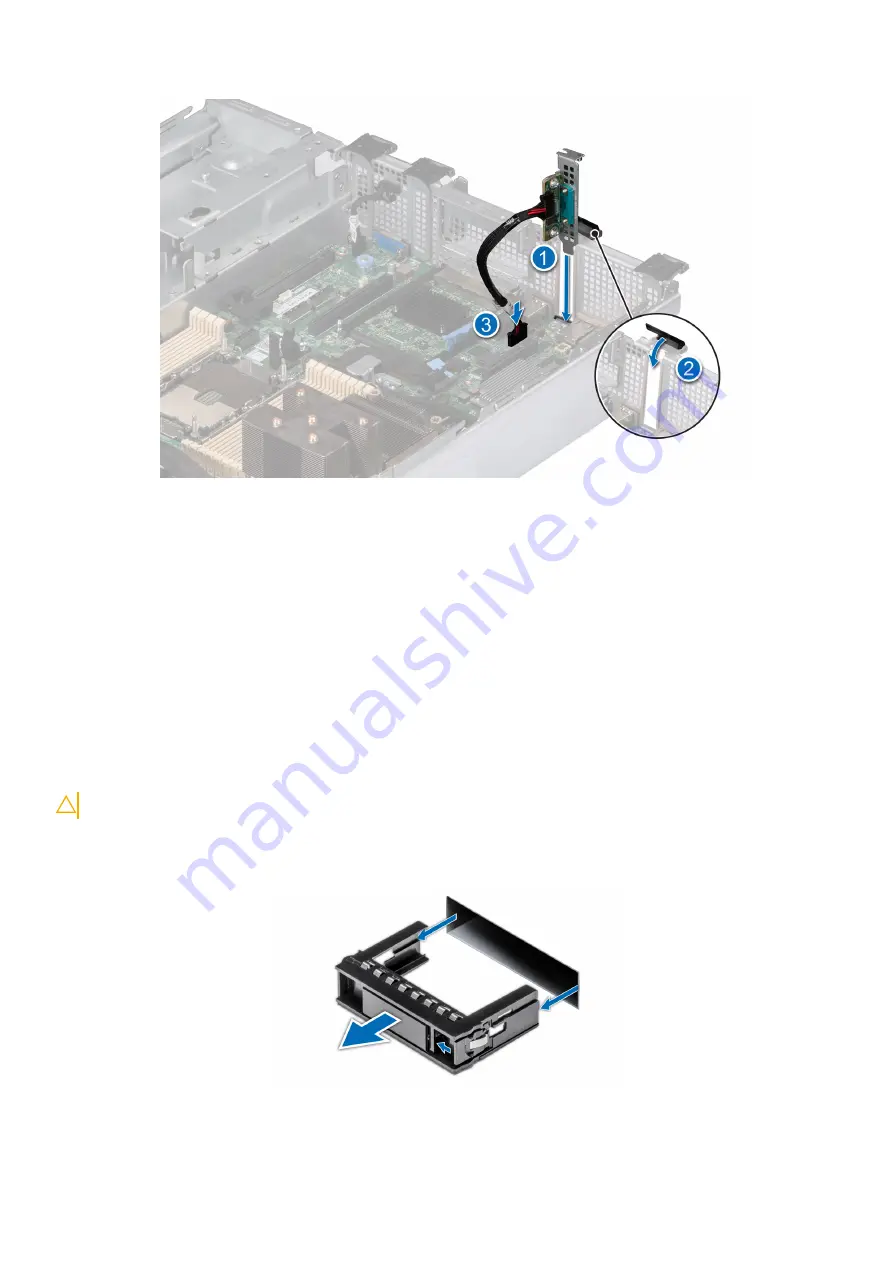
Figure 38. Installing the Serial COM port
Next steps
Follow the procedure listed in
After working inside your system
.
Drives
Removing a drive blank
Prerequisites
1. Follow the safety guidelines listed in the
.
2. If installed,
.
CAUTION:
To maintain proper system cooling, drive blanks must be installed in all empty drive slots.
Steps
Press the release button, and slide the drive blank out of the drive slot.
Figure 39. Removing a drive blank
Installing and removing system components
49
















































